Cake queen Natasha Pickowicz's favorite cake tools
A minimalist’s approach to pro-level cakes.
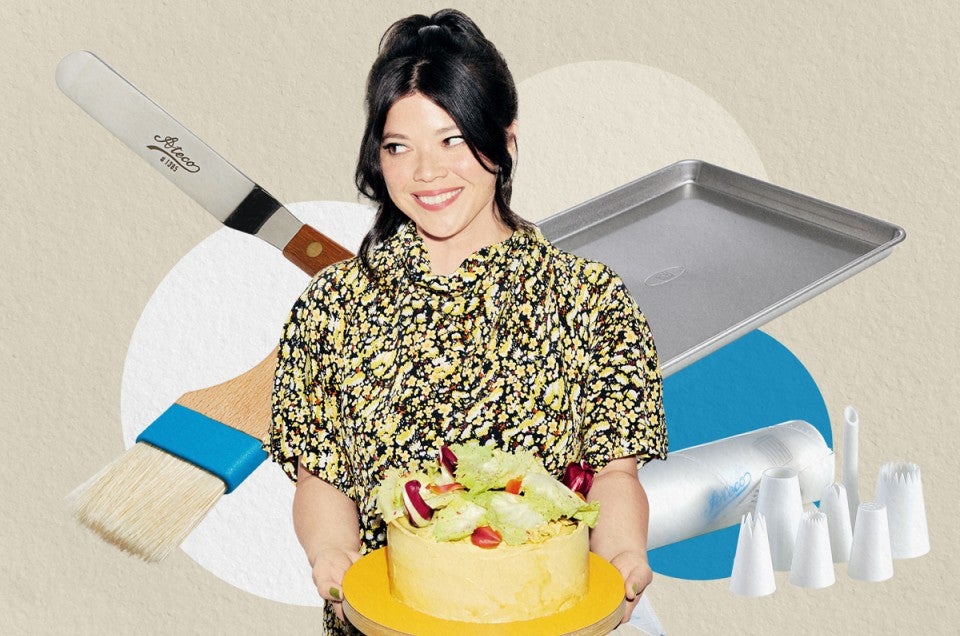

“I try to make cakes that revel in their imperfection,” says Natasha Pickowicz, author of the stunning new cookbook More Than Cake. Despite her professional rigor as a pastry chef, she emphasizes that she wants her creations, however beautiful, to “look like a person made them.”
(Heads up: At King Arthur, we only recommend the cookbooks that we, as bakers, truly love. When you buy through external links on our site, we may earn an affiliate commission.)
To make her special cakes, however, she doesn’t use special tools, preferring to stock her home kitchen with versatile, multipurpose equipment that she can use for tasks beyond cakes. Here are her must-have tools.
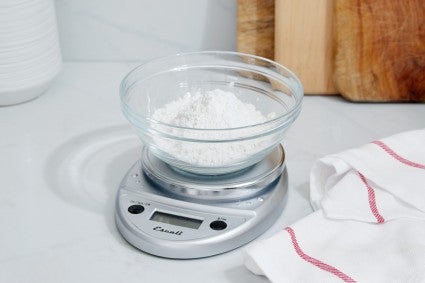
“I could write a manifesto just on how important I think scales are,” says Natasha. “I use mine for absolutely everything.” In fact, she uses a scale so much that she has two. She prefers a flat Escali scale, which she uses not only because it’s more precise than volume measurements (it is!) but also because she finds it much easier than dealing with measuring cups. “It’s so much faster than pulling out the mixing cups,” she emphasizes. “I hate all that stuff. It’s so much more work, it’s so fiddly, and it’s more dishes. Give me a scale.”
Find in our shop: Essential Digital Scale
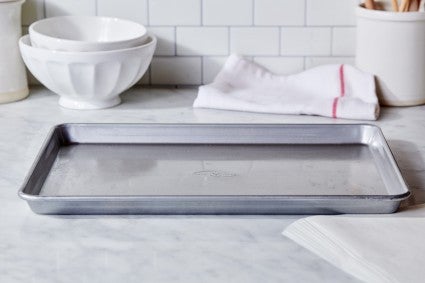
“I actually don’t own a lot of round cake pans,” admits Natasha. Instead, she prefers to bake her layer cakes in a half-sheet pan, which results in flatter, more professional-looking cakes and allows for easy customization of shapes. Plus, it saves room in her kitchen. “I love the versatility of the half-sheet tray because it’s also a pan you can use for toasting nuts, baking cookies, or roasting vegetables. It’s this powerhouse, can-do-everything tool.”
Find in our shop: King Arthur Sheet Pans
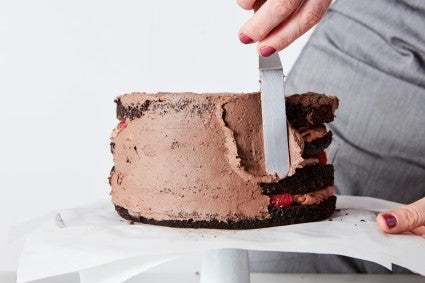
In her book, Natasha writes: “Sometimes I imagine myself as a cowboy, with a holster slung low on my hips. My quick-fire tool of choice? A 4 3/4-inch (12 cm) offset spatula, which I use for everything from handling delicate cookies and flipping sticky fruits to spreading fillings and swooping buttercream.”
She calls an offset spatula “the tool that does everything.” (Our Test Kitchen agrees!) In addition to evenly spreading fillings and frostings, Natasha says an offset spatula is the key to better, lighter cake. “You did all the work to make this fluffy, gorgeous cake batter, but if you work it too much to get it to lay flat in the pan, it’ll deflate,” she explains. An offset spatula, with its angled handle and long, flat surface, enables you to quickly and efficiently spread batter without knocking out too much air, resulting in fluffier cakes.
And like all her tools, Natasha finds other uses, like shaping meringue for pavlovas, flipping roasted veggies on a baking tray, or pulling fried eggs off a pan.
Find in our shop: Small offset spatula
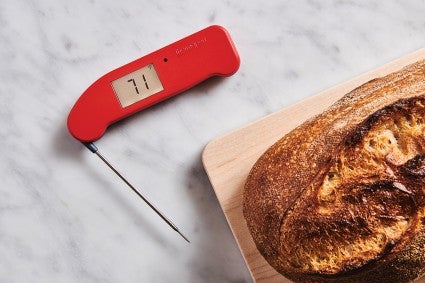
Natasha poses this question about thermometers in her book: “Though you could make an Italian buttercream or caramel candy without one, why would you?” A small digital thermometer offers the same consistency and precision as a digital scale, whether you’re making caramel, fudge, or fluffy meringue frostings. Plus, it can be used for other types of baking, like making bread — use it for everything from desired dough temperature to checking doneness.
Find in our shop: Classic Thermapen
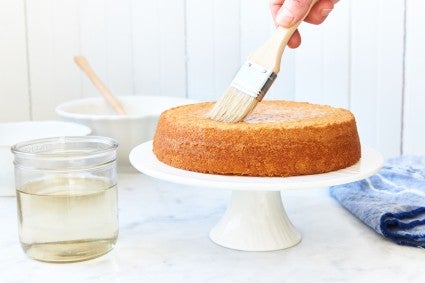
Natasha keeps two pastry brushes in her kitchen at all times, each for a very specific purpose. “I use one just for dry ingredients, and one for wet applications, like cake soaks,” she shares. The dry brush never gets washed, and it’s handy for sweeping excess flour or confectioners’ sugar off a baked good or work surface. The wet brush, meanwhile, is typically used for cake soaks. “I love that the brush is very precise, because when you’re talking about thin cake layers, you don’t want to be heavy handed with the application of a cake soak,” explains Natasha.
Find in our shop: Pastry Brush
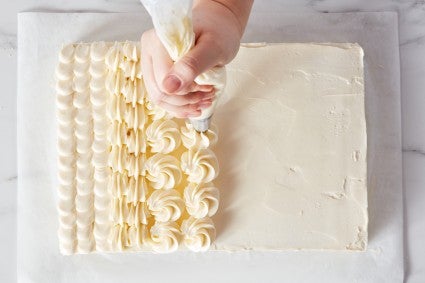
While Natasha admits that a gallon-sized zip-top bag will work in a pinch to pipe frosting, she highlights a key advantage to a professional pastry bag: “It’s not stretchy and it’s not going to tear [like a Ziploc bag], so when you’re applying pressure with your hand and piping something, the bag isn’t going to burst.”
As for tips, she constantly uses her star tip. “And it doesn’t take much, either,” she assures. “I don’t know the perfect technique for making all of these fancy styles of piping, but I love a squiggle, a little rose, a little dot.” And as always, she finds other ways to use a pastry bag, like piping chocolate mousse into cups for a neater presentation.
Find in our shop: Pastry Bags and Tips Set
Find more cake tools in our Shop, then get baking with one of our recipe site’s thoroughly tested cake recipes.
Cover illustration by Michelle Chen; original image excerpted from More Than Cake by Natasha Pickowicz (Artisan Books). Copyright © 2023. Photographs by Graydon Herriot.

